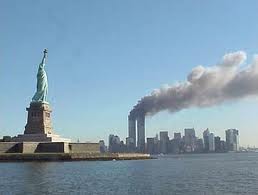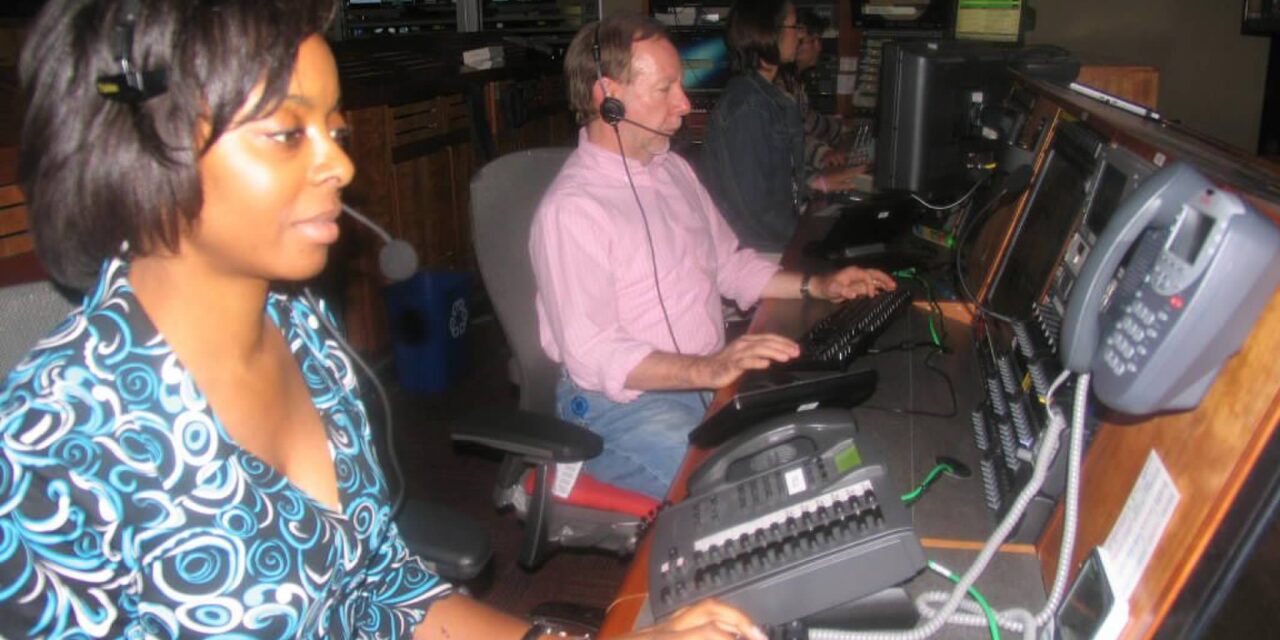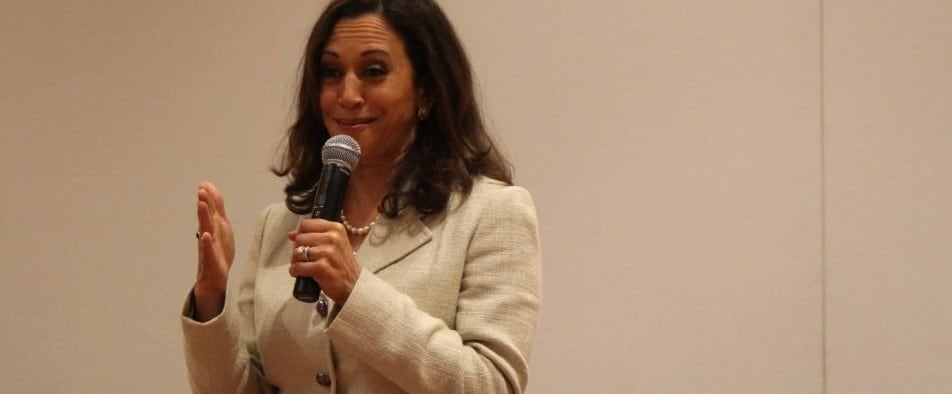There’s a saying that journalism is the first rough draft of history. As a journalism professor, I often start the semester with this quote and discuss its interpretation. As I reflect on Sept. 11, 2001, this saying resonates in aspects I never imagined.
I was the 9 a.m. show producer for CNN in its world headquarters, also known as “the mothership,” based in Atlanta. As the line producer, I was always first to arrive at 3 a.m. Producers are the organizers of the newscast. They select all of the stories, decide the order, length and story’s position in the program. They select and manage the reporters, live shots and direction of the show. I loved serving in the role, despite the hours.
Part of my usual routine was to find a good “kicker,” a well-timed story that would leave the audience smiling. On this particular day, I didn’t have to look far. The news stories in the rundown, the blueprint of stories that comprised the show, were mostly unremarkable, except the kicker. We planned to use the ending segment to surprise co-anchor Leon Harris, who months earlier remarked during the broadcast that if Michael Jordan would ever return to the NBA, he would shave his head.
On this day, Sept. 11, 2001, Michael Jordan was to make the announcement that he would in fact, be returning to the NBA. We planned to surprise and remind Harris of his earlier promise. The graphics department created a mockup of him as bald, and Harris’ co-anchor, Daryn Kagan, would play the former clip and call Harris to stay true to his word. We managed to keep the light-hearted plan a secret during the editorial team meeting; I even disguised the story in the rundown as not to blow the gaff. My younger sister, who was visiting from Michigan, was planning to watch it all unfold from my home, and then she and a few friends would join me for an early lunch.
I remember thinking that this waggish story would fondly be remembered for years to come. That would not be the case.
—
It was around 8:45 a.m. and I was doing final checks on the contents of the show, before planning to head into the control room at 8:55 a.m. The show team works on the newscast in the newsroom, and the live broadcast is brought to life in the control room: the large tri-layered space where director and technical crew execute the program set by the producer. Six to 10 people are in the control room during a live newscast. The news set was in the middle of the newsroom, which gave viewers a real-life lens into the hub of the CNN network. While most traditional newsrooms are noisy with various radios and programs blaring, ours was not. Because we broadcast live, everyone wore headphones to keep noise levels at a minimum.

“Something hit the World Trade Center,” someone shouted as a drove of people darted into the newsroom. (Photo: National Park Service)
Suddenly a burst of clamorous thunder erupted from the entrance to the newsroom. As it got louder and closer, it became evident the sound was that of footsteps of people running from the national editorial meeting taking place upstairs. This daily meeting brought together producers and managers from all dayparts, programs and CNN locations in the U.S. and internationally. During editorial meetings, show team representatives discuss their plans for coverage of major stories.
“Something hit the World Trade Center,” someone shouted as a drove of people darted into the newsroom. Then a myriad of other unintelligible shouts were exchanged. I instinctively grabbed my headsets and ran into the control room, where I would help bring this breaking-news national tragedy into homes across the world.
—-
As a line producer, I would thrive during breaking news, and I was known for staying calm during chaos. Most of us went into auto pilot and the well-oiled machine that was a live, breaking news broadcast went into play. Who was on that American Airlines Flight 11? Was it a tragic accident or something more sinister? What reporters were on the ground? Where is the president? What are we hearing from the National Desk and the Pentagon? While these innumerable questions were being juggled in the control room, on set, our anchors Leon Harris and Daryn Kagan began to share their knowledge about the location, while we relayed updated information in their wireless earpieces, known as IFBs. Amidst the action, I saw what looked like a toy plane glide into the second tower.
“Did anyone see that? Roll that video back,” I shouted to one of our associate producers.
That would be the second Boeing 767, United Airlines Flight 175, just 18 minutes after the first plane struck the other tower. Network cameras following President George W. Bush captured the moment he was informed that America was under attack. An hour after the first plane struck the World Trade Center, American Airlines Flight 77 would strike the Pentagon and not long after that, United Flight 93 crashed in a field near Shanksville, Pennsylvania. It was a nightmarish succession of reports, phone calls and updates.
As these tragedies were unfolding, we saw harrowing images from multiple locations and monitors in the control room: people jumping from the collapsing towers, thick dark then gray ash raining from the sky and bewildered survivors walking aimlessly; fiery scenes from other crash locations; people running across bridges. While viewers watched these images from home one at a time, we in the control room saw the events unedited, as they were happening in real time.
Managers from all over the world were conversing with us on headsets and phone lines. Well-seasoned producers and correspondents from the Pentagon, State Department and White House were constantly giving updates on secure phone lines. CNN founder Ted Turner came in the control room, surveyed the scene, crossed his arms and took a few photos before leaving. I took a moment to call my sister to check on the family and then went back to work for the next several hours, days, weeks and what seemed like months on end.
The stories shifted to changes in national security and the search for terrorists, to stories on honoring the first responders and the nearly 3,000 victims from nearly 80 countries. Counselors were brought in during the following weeks. One of my associate producers quit, taking the bold step to focus on her mental health. We were emotionally drained, but not as much as those whose loved ones were lost or still missing.
—-

“We became a community as Americans that day — scarred but resolute,” said former CNN producer Jennifer C. Thomas.
It took me 10 years to discuss what happened on that harrowing day. I had met families who lost loved ones in the Oklahoma City bombing and reported on more tragedies than I could recount. In retrospect, I didn’t realize the enormity of my participation as the 9 a.m. producer on 9/11. I did not conceptualize at the time that I along with hundreds of other colleagues were making history at CNN. I was doing my job covering a breaking news story that would last for months and years. I decompartmentalized my feelings because I was a news producer, and “it wasn’t about me, it was about the story.” Yet, it was about me as well. Though never diagnosed, I likely suffered Post Traumatic Stress Disorder, anxiety and mild depression.
On the 10-year anniversary of 9/11, I had left CNN three years earlier as an executive producer, was a recent Columbia University Graduate School of Journalism alumna, and a freshly minted part-time professor at Clark Atlanta University. At the urging of a local talk show host, I spoke publicly about the tragedy for the first time. The emotions and memories billowed back. In class, I decided to shift from what was on the syllabus and allow students to share memories from that fateful day. As they recounted their childhood memories, most shed a few tears. We became a community as Americans that day — scarred but resolute. As I took question after question about my involvement, it underscored that my sentience and experience could authentically become a teachable moment — a necessary part of my pedagogy.
Inside Stories From Black Women Journalists
To mark the 20th anniversary of 9/11, Fierce media partner Black Women Unmuted brought together editor-in-chief Sonya Ross and two of her White House beat colleagues, Kia Baskerville and Kia Johnson, to talk about that tragic, unforgettable moment in U.S. history.
Ross, then a reporter for The Associated Press, and Baskerville, then a producer for CBS News, were traveling with President George W. Bush in Florida. It was Baskerville’s first Air Force One assignment. By the end of the day, Ross made history as a member of the nation’s first presidential evacuation “nuclear bunker” press pool. Johnson, a producer for Reuters Video News and mother to two toddlers, was sitting in the floor at home, braiding her 3-year-old daughter’s hair when the news flashed across her TV screen. So she calmed her babies, picked herself up and went to work.
In this candid conversation, they share the impact the terrorist attack had on their lives as journalists, as women and as Black Americans.








